Living in Texas can feel like an adventure, especially when you’re sharing the land with wildlife like coyotes. These clever creatures are often misunderstood and can stir up a mix of fascination and concern among residents. Whether you’ve just moved to the Lone Star State or have been here for years, understanding these animals can help you coexist peacefully. In this article, we’ll explore ten important things Texans should know about living near coyotes, offering insights that may surprise and inform you.
Coyotes: The Crafty Canine
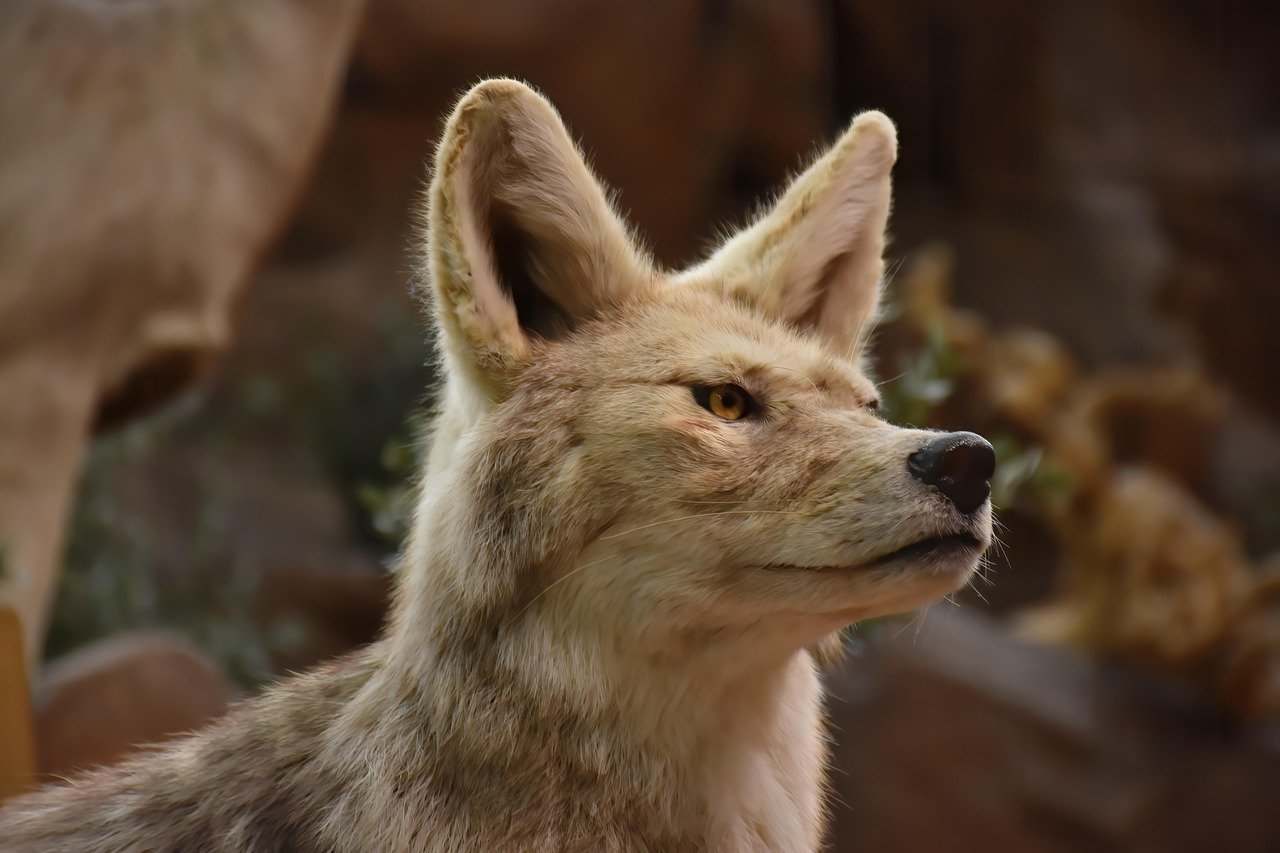
Coyotes are a common sight in Texas, from rural ranchlands to suburban neighborhoods. These highly adaptable creatures have learned to thrive alongside humans, often appearing in backyards, parks, and even city streets. While they generally avoid people, their presence can raise concerns for pet owners, homeowners, and outdoor enthusiasts. Understanding their behavior and how to coexist safely is essential for Texans living near coyote territory.
Coyotes are known for their intelligence and adaptability. Often compared to the fox in terms of cunningness, these animals can thrive in diverse environments, from rural areas to urban landscapes. Their ability to adapt has earned them a reputation as one of the most resilient creatures in the animal kingdom. Coyotes are not just scavengers; they are skilled hunters capable of taking down prey much larger than themselves. Understanding their behavior can help Texans appreciate these animals rather than fear them.
Understanding Coyote Behavior
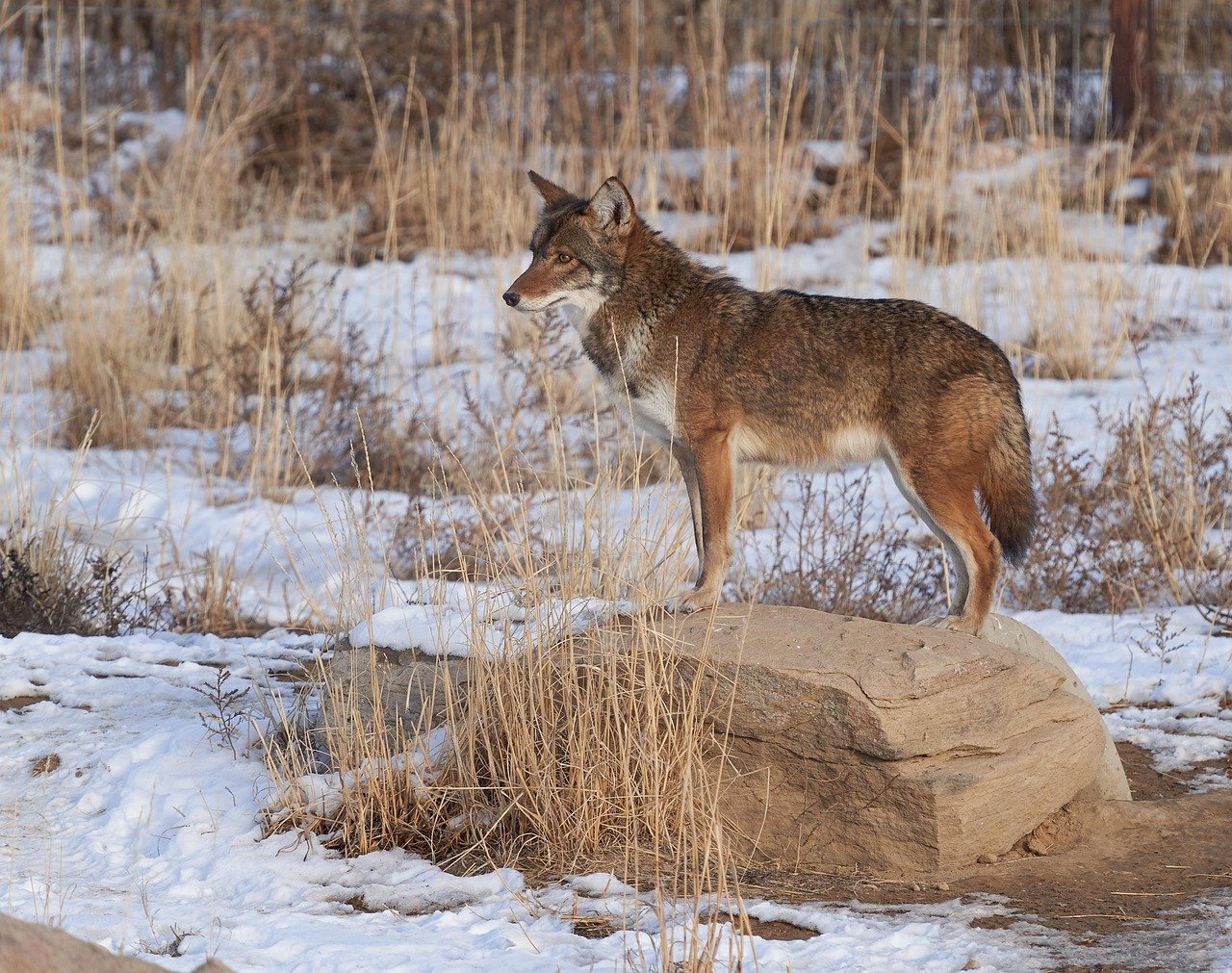
Coyotes are primarily nocturnal, meaning they are most active at night. However, sightings during daylight hours are not uncommon, especially if they’re searching for food. Their diet is as varied as their habitat and can include everything from small mammals to fruits and vegetables. Coyotes communicate through howls, barks, and yips, often to establish territory or call to their pack. Recognizing these sounds can be a thrilling experience, turning a simple night into a symphony of nature.
Coexisting Without Conflict
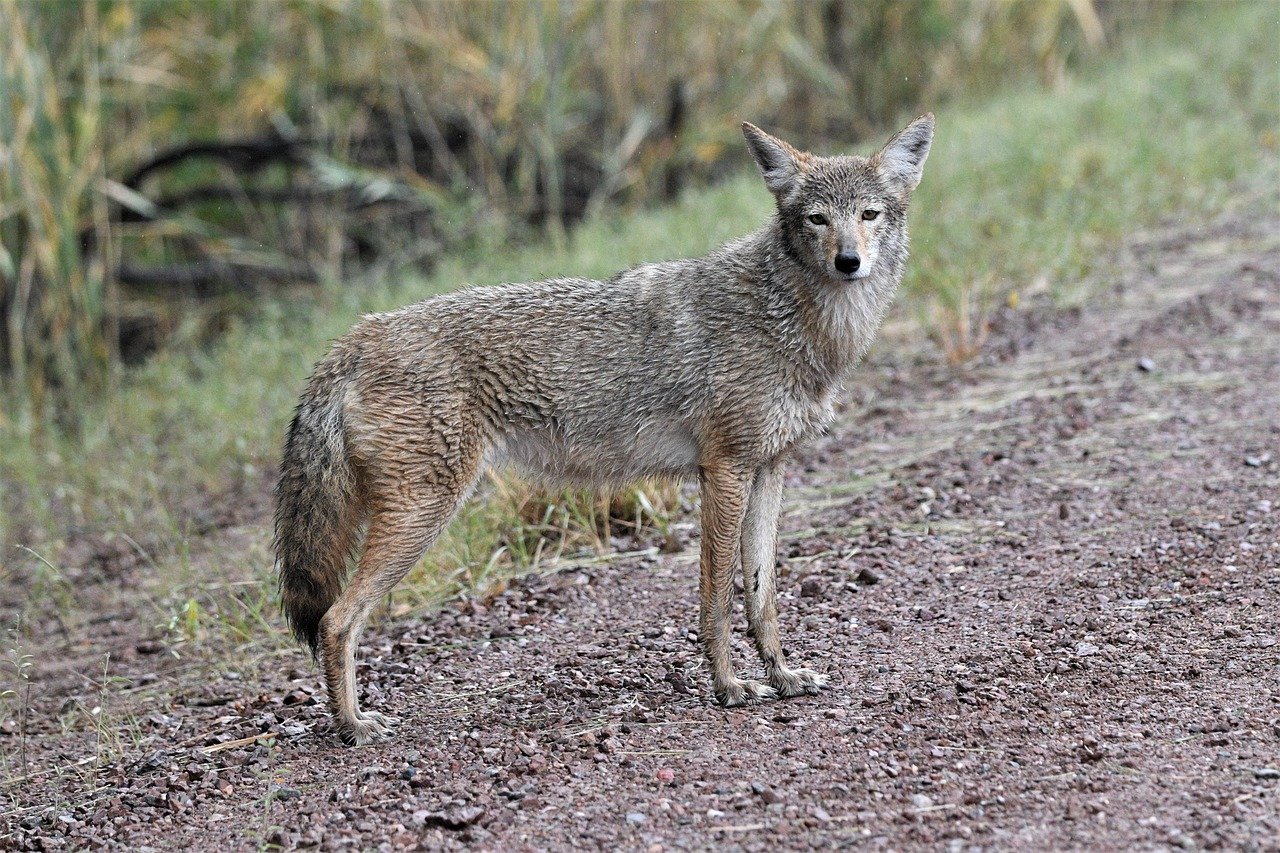
Living peacefully with coyotes involves understanding and respecting their space. If you encounter a coyote, it’s best to keep a safe distance. Coyotes are generally shy around humans and will avoid confrontation. However, if they feel threatened, they may become defensive. Keeping pets on a leash and securing trash bins can prevent unwanted interactions. Texans can play a vital role in maintaining the balance between human and wildlife by taking simple precautions.
Protecting Your Pets
Pet owners must be vigilant, especially at night. Coyotes can pose a threat to small pets if left unattended. Keeping cats indoors and dogs on a leash during walks can significantly reduce the risk of encounters. Installing motion-sensitive lights and fencing can also deter coyotes from entering your yard. By taking these measures, pet owners can ensure their furry friends remain safe while enjoying the great outdoors.
Myths and Misconceptions
Coyotes often get a bad rap due to myths and misconceptions. Many people wrongly believe that coyotes are aggressive or pose a significant danger to humans. In reality, coyote attacks on humans are extremely rare. Understanding the truth behind these myths can help foster a more informed and compassionate view of these animals. Texans can dispel these myths by educating themselves and others about the true nature of coyotes.
The Role of Coyotes in the Ecosystem
Coyotes play a crucial role in maintaining a healthy ecosystem. By controlling the population of rodents and other small animals, they help prevent overgrazing and disease spread. This natural form of pest control benefits both the environment and agriculture. Recognizing the ecological importance of coyotes can shift perspectives from seeing them as pests to valuing them as vital components of the ecosystem.
Signs of Coyote Presence
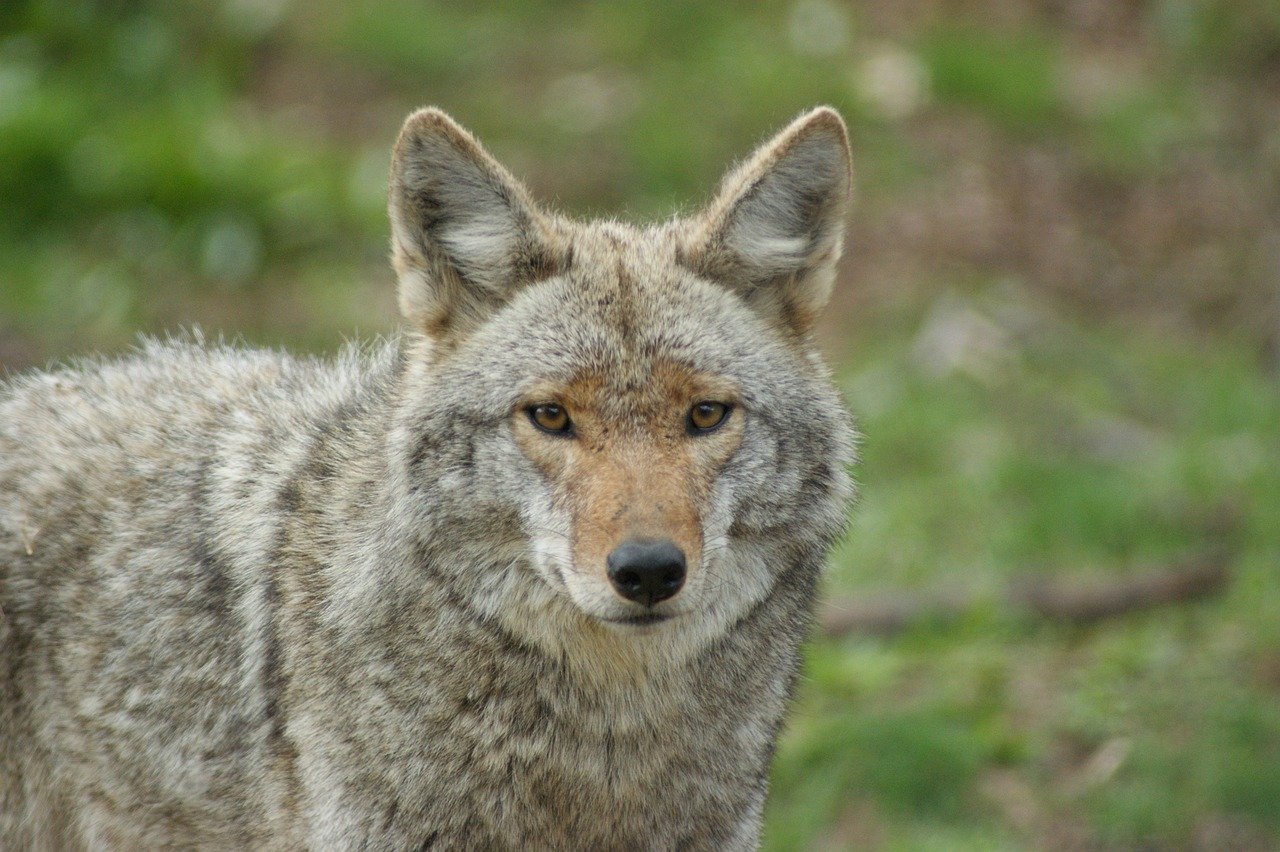
Knowing the signs of coyote activity can help Texans better understand their surroundings. Look for tracks, scat, and the remains of prey as indicators of a nearby coyote. Hearing their distinctive calls at night is also a telltale sign. By familiarizing themselves with these signs, Texans can become more in tune with the natural world around them, enhancing their outdoor experiences.
Legal Considerations in Texas
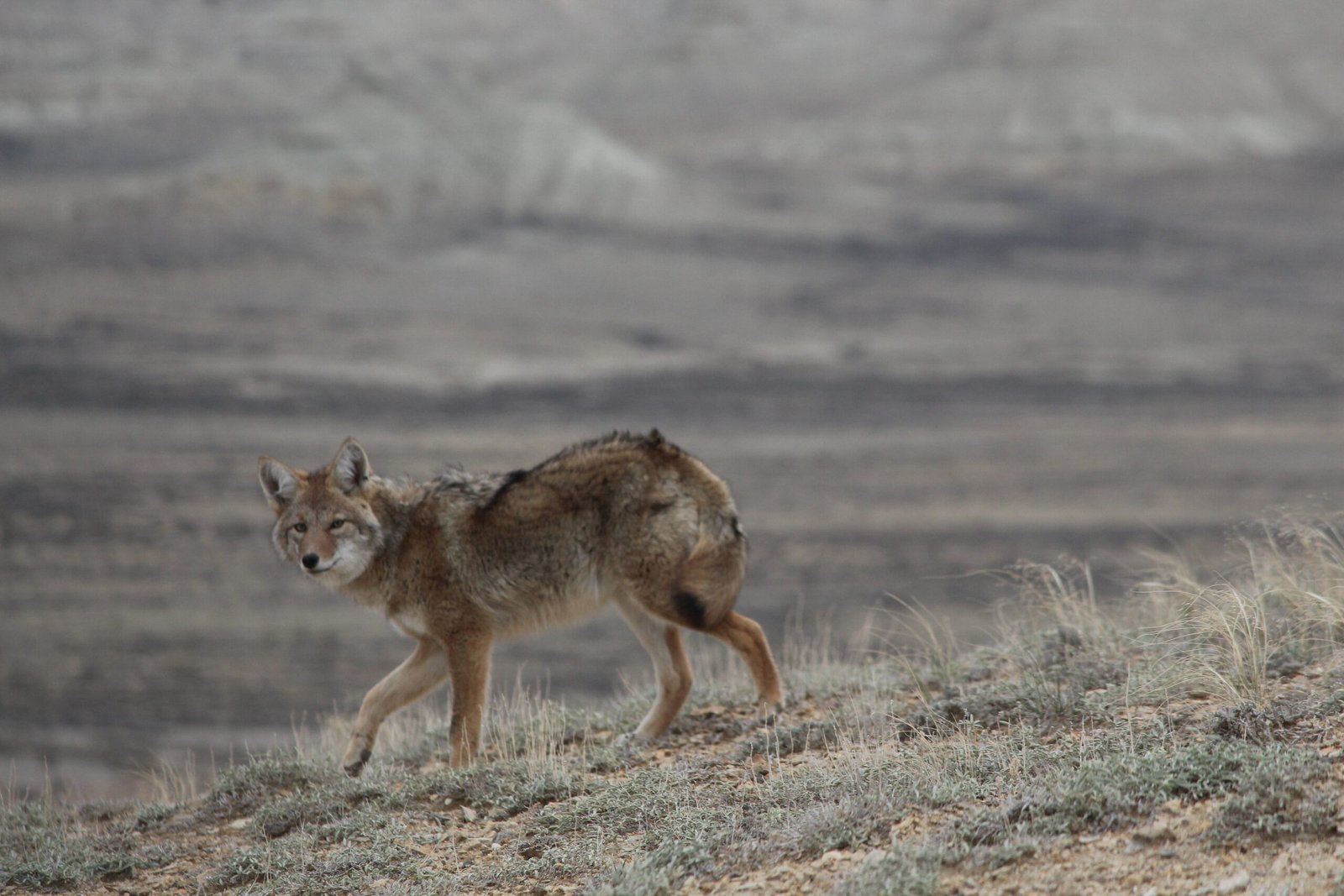
In Texas, coyotes are considered non-game animals, meaning they can be hunted or trapped year-round without a permit. However, Texans should be mindful of local regulations and ethical considerations before taking action. Understanding the legal framework surrounding coyote management can help residents make informed decisions that align with conservation efforts.
Community Initiatives and Education
Many Texas communities have initiatives aimed at educating residents about living with coyotes. Workshops, seminars, and informational pamphlets can provide valuable insights into coyote behavior and coexistence strategies. By participating in these programs, Texans can learn how to live harmoniously with their wild neighbors, fostering a community spirit that respects and protects wildlife.
Embracing the Wild Neighbors

Living near coyotes offers Texans a unique opportunity to embrace wildlife and the natural beauty of their state. By learning about these animals and taking steps to coexist peacefully, residents can enjoy the benefits of living alongside nature. Rather than seeing coyotes as a threat, Texans can view them as fascinating and essential parts of their environment. This perspective not only enriches their lives but also contributes to a healthier, more balanced ecosystem.






